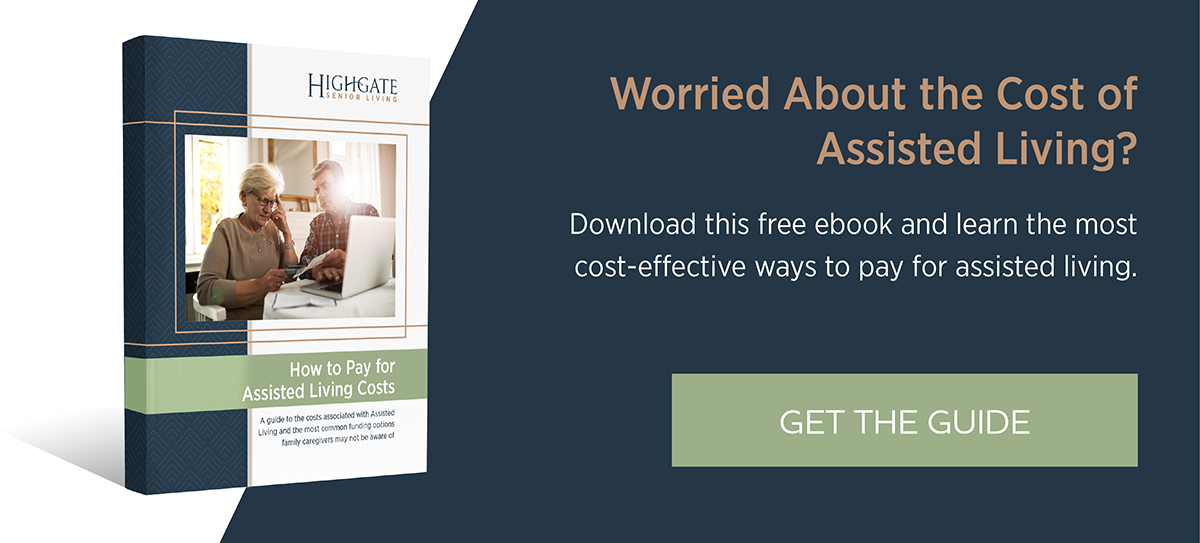
More than one-third of Americans over the age of 65 are either wartime veterans or the spouse of a wartime vet, who may qualify for a pension program through the Department of Veteran Affairs (VA) commonly referred to as Aid & Attendance. Yet The New York Times reported that of the 1.7 million World War II veterans alive as of 2011 who were in need of caregiving assistance and thus eligible, only 38,076 veterans and 38,685 surviving spouses were granted the A&A benefit that year.
That’s because many eligible veterans don’t know about Aid & Attendance, and some vets and their families even wrongly assume that their service doesn’t qualify them for the program. But veterans and survivors who are eligible for a VA pension and require the aid and attendance of another person, or are housebound, may be eligible for additional monetary payment.
So if you or someone you love is an aging veteran, here are five common myths about veterans benefits and the straightforward answers they need.
Myth 1: To qualify for Aid & Attendance, a veteran must have suffered a service-related injury.
To qualify for a VA pension, a veteran must have served at least one day of his or her 90-day minimum military service during a time of war and also meet one of the following criteria:
- Be age 65 or older with limited or no income
- Be totally and permanently disabled
- Be a patient in a nursing home
- Be receiving Social Security Disability Insurance
- Be receiving Supplemental Security Income
These requirements alone are a little misleading. For example, when wartime veterans turn 65, the VA automatically classifies them as “totally disabled.” Additionally, the VA doesn’t differentiate between a nursing home and assisted living community, so, in most states, residents of assisted living communities frequently qualify for the benefit.
Those who qualify for the basic pension may also qualify for Aid & Attendance if their assets and yearly income are below certain thresholds and they have a documented need for help with activities of daily living such as dressing, eating and other self-care tasks. There’s no requirement that the veteran has to have an injury from combat or even that the veteran was in combat — only that they served during one of the times of war and meets the program’s income, asset and care-needs requirements.
Myth 2: My parents don’t qualify for a standard VA pension, so they won’t qualify for Aid & Attendance.
Financial qualifications for Aid & Attendance are different than financial qualifications for the basic pension alone. Therefore, some people qualify for Aid & Attendance even though they would not have qualified solely for the basic pension.
Let’s say your parents’ income is just slightly too high for the standard pension. They may still qualify for the Aid & Attendance program because the maximum annual income limits are higher for veterans who need aid and attendance than for those who don’t. As an example from the VA’s Veterans Pension Rate Table, a veteran age 65 or older with no dependents meets standard VA pension income requirements if they earn no more than $13,116 per year. But if that same veteran needed daily help at home or nursing home care, he or she could have a yearly income as high as $21,962 and still be eligible for the Aid & Attendance benefit. Additional dependents raise the income cutoff higher. Qualifying veterans who are married to other vets and who both need aid and attendance services can earn up to $34,837 yearly and still be within the VA’s Aid & Attendance limits.
When applying for Aid & Attendance, you can deduct the cost of monthly recurring medical expenses from your countable income, including some senior care costs if you require the daily assistance of another person to perform normal living activities. This includes the fees you pay for home care, assisted living or a nursing home.
Myth 3: Spouses and widows of veterans can’t get VA benefits.
Widowed spouses of qualified veterans can apply for Aid & Attendance. The income limits are lower for widows than for veterans, but otherwise, the eligibility requirements are the same: a veteran who served honorably during a time of war and a documented need for help with activities of daily living.
Myth 4: You have to live in a VA-run facility to get benefits
The Aid & Attendance benefit gives veterans a choice of where to spend the funds. Veterans and spouses who apply for Aid & Attendance must have a letter from their doctor describing their daily care needs and a signed form from their senior living community if they already live in one. But there is no requirement that the money go to VA facilities.
Myth 5: It costs money to fill out the necessary paperwork.
Be wary of scams. Unaccredited consultants should never be used. Federal law prohibits unaccredited consultants from assisting with applications in any way. Regulations prohibit consultants from charging a fee for assistance with the actual application unless the applicant has already been denied once.
If help is required, it is available from many sources. VeteranAid.org is a valuable resource for those looking to apply for the Aid & Attendance benefit. There are forums on this website where you may go to ask your questions specific to your own application and see the success stories of others who have applied for the benefit. Veterans’ organizations such as the Veterans of Foreign Wars of the U.S., American Legion and Disabled American Veterans may be able to provide information about the benefit as well as free assistance preparing an application.
Consider speaking with a veteran services officer (VSO), who is trained to help you understand and apply for any VA benefits you may be entitled. You can locate a VA-accredited attorney or VSO and benefits representative here at va.gov/ogc/apps/accreditation.





